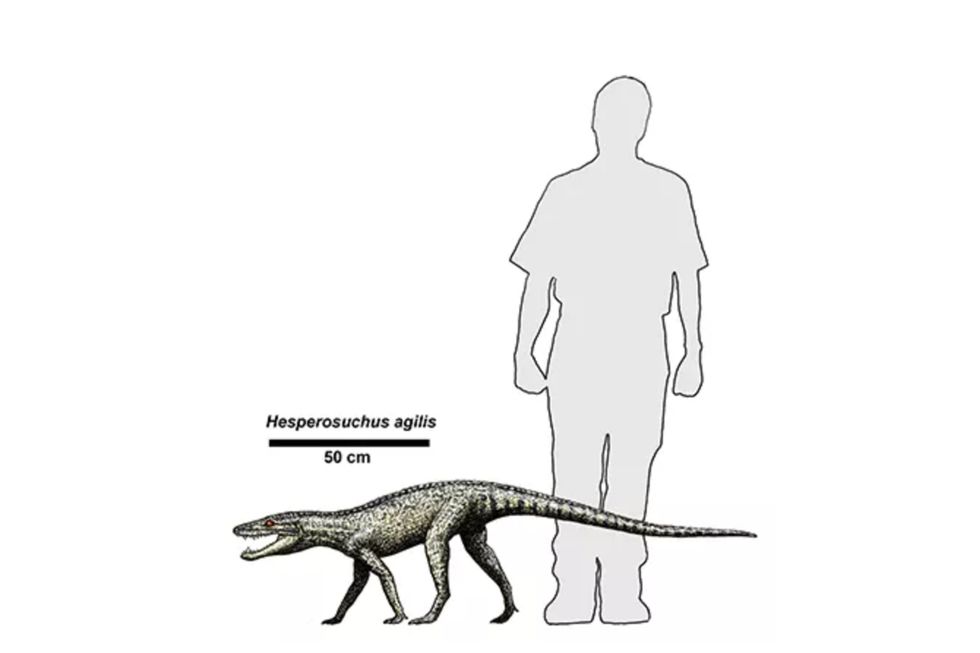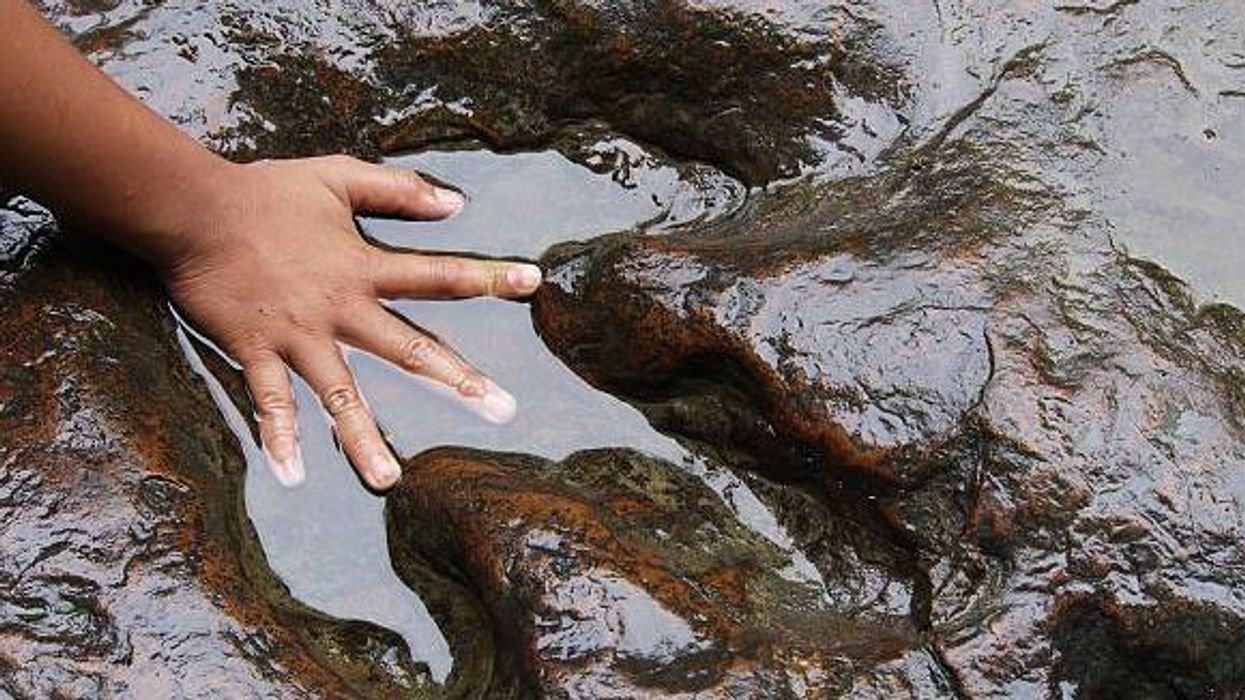Harriet Brewis
Feb 19, 2024
The Age Of Dinosaurs Might Have Influenced Human Aging
unbranded - Newsworthy / VideoElephant
Dinosaurs were spectacular beasts thanks to their size and strength. But if you think that’s why they once ruled the world, you’re surprisingly mistaken.
In fact, the giant reptiles may have dominated the planet for more than 160 million years because of the way they walked.
That is, according to a new study, which found that their success in learning how to get around on two or four legs enabled them to diversify and outcompete other organisms.
This led them to become the dominant terrestrial vertebrates that we’ve come to know and love.
The study, published in the journal Royal Society Open Science, detailed how dinosaurs managed to fill ecological niches that emerged following a series of environmental collapses.
The beasts moved around on their hind legs and, later, all fours, which gave them a distinct advantage over their rivals during a period of massive ecological change, as Live Sciencenotes.
And if you’re wondering who their rivals were, you need only look towards that revered and reviled toothy swamp-dweller: the crocodile.
Dinosaurs were part of a group known as the Avemetatarsalia which evolved alongside a group of related reptiles called the Pseudosuchia, which included the ancestors of modern crocs.
The two groups appeared during the Triassic period, following the Permian mass extinction event, which saw some 90 per cent of Earth’s species wiped out.

The researchers used fossilised leg bones from 208 species of Avemetatarsalians, Pseudosuchians and close relatives to analyse how they evolved over time.
At first, the Pseudosuchians were the more diverse group, with some walking on their hind legs. However, the majority continued to crawl, Live Science reports.
Dinosaurs, on the other hand, were bipedal and could run, meaning they were better equipped to evade predators and catch prey, which gave them a distinct advantage within the drying climate of the Triassic.
"There was severe pressure for food. Somehow the dinosaurs, which had been around in low numbers already for 20 million years, took off and the Pseudosuchians did not," lead author Amy Shipley, a paleobiology masters student at Bristol University, said in a statement.
"It's likely the early dinosaurs were good at water conservation, as many modern reptiles and birds are today. But our evidence shows that their greater adaptability in walking and running played a key part."

At the end of the Triassic period, another mass extinction decimated all Pseudosuchians apart from the four-legged crocodylomorphs – the ancestors of today’s crocodilians.
Meanwhile, some dinosaurs maintained their upright, two-legged stance while others dropped to all fours – enabling them to further diversify.
"After the end-Triassic mass extinction, we get truly huge dinosaurs, over ten metres [33 feet] long, some with armour, many quadrupedal, but many still bipedal like their ancestors," the study’s co-author Suresh Singh said in the same statement.
"The diversity of their posture and gait meant they were immensely adaptable, and this ensured strong success on Earth for so long."
And although dinosaurs would go on to develop other handy features, such as feathers (for temperature regulation), Shipley, Singh and their colleagues believe that it was their wide range of movement techniques that, ultimately, made them kings of the world.
For a while, at least.
Sign up for our free Indy100 weekly newsletter
Have your say in our news democracy. Click the upvote icon at the top of the page to help raise this article through the indy100 rankings
Top 100
The Conversation (0)














